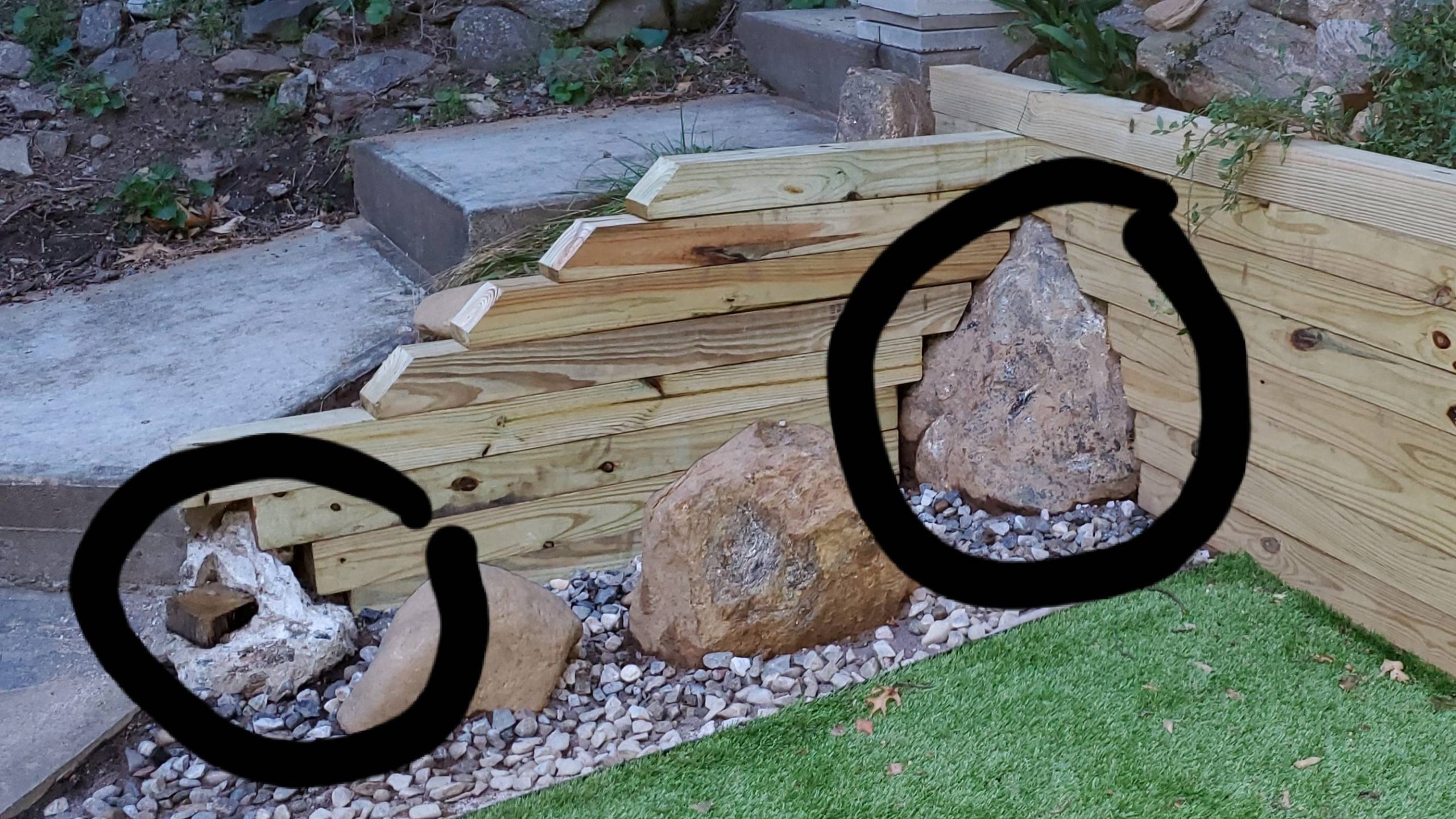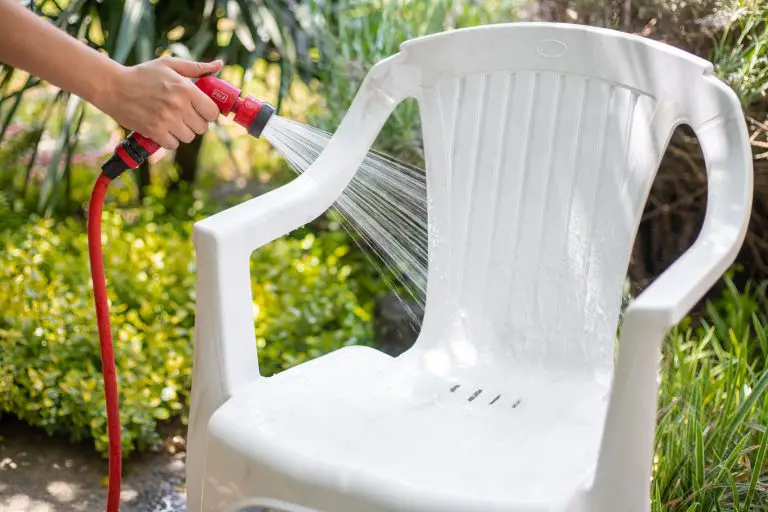How to Fill Gaps in Retaining Wall
Building a retaining wall is a great way to add both function and beauty to your landscape. But what do you do when there are gaps in your retaining wall? Whether the gaps are due to damage or simply due to the age of the wall, filling them is essential to maintain the stability and integrity of the structure.
- Use a chisel and hammer to remove any loose mortar from the cracks in the retaining wall
- Vacuum out any debris from the cracks with a shop vac
- Mix up some hydraulic cement, following the manufacturer’s instructions
- Fill the cracks in the retaining wall with hydraulic cement, using a trowel to smooth it into place
- Allow the hydraulic cement to cure for 24 hours before continuing
- Use a putty knife to apply caulk around the edges of the cracks, if desired
Does a 2 Foot Retaining Wall Need Drainage
If you have a 2-foot retaining wall, you may not need drainage. However, if your wall is taller, or if you live in an area with a lot of rainfall, it’s a good idea to install drains. Drains will help keep your wall from becoming saturated with water and collapsing.
How Do You Fill a Gap in a Retaining Wall?
It is important to fill any gaps in a retaining wall, as water can seep through these spaces and cause the wall to become unstable. There are a few different ways that you can fill gaps in a retaining wall: -Concrete: Concrete is a common material used to fill gaps in retaining walls.
It is strong and durable, making it ideal for this purpose. Simply mix the concrete and then use a trowel to fill in the gaps. Be sure to smooth it out so that it is level with the rest of the wall.
-Mortar: Mortar is another option for filling gaps in retaining walls. It is similar to concrete but not as strong, so it may not be suitable for all applications. To use mortar, simply mix it with water and then use a trowel to fill in the gaps.
Again, be sure to smooth it out so that it is level with the rest of the wall. -Caulk: Caulk can also be used to fill small gaps in retaining walls. It is easy to apply and dries quickly, making it a good choice for smaller projects.
simply squeeze the caulk into the gap and then use your finger or a putty knife to smooth it out.
What Do You Fill a Retaining Wall With?
When it comes to filling a retaining wall, there are a few different options that you can choose from. Some of the most common materials that are used to fill retaining walls include: -Gravel: This is one of the most popular choices when it comes to filling a retaining wall.
Gravel is relatively inexpensive and easy to find, making it a great option for those on a budget. Additionally, gravel can help with drainage and prevent erosion. -Concrete: Concrete is another popular choice for filling retaining walls.
It is durable and long-lasting, meaning that it won’t need to be replaced as often as other materials. However, concrete can be more expensive than some of the other options on this list. -Brick: Brick is a classic choice for filling retaining walls.
It looks great and adds an elegant touch to any property. However, brick can be one of the more expensive choices when it comes to filling a retaining wall. Whatever material you choose to fill your retaining wall with, make sure that it is sturdy and will be able to withstand the weight of whatever you are planning on putting atop it!
Should Retaining Wall Blocks Be Filled?
There is some debate over whether or not retaining wall blocks should be filled. Some people argue that filling the blocks makes them more stable, while others say that it’s not necessary and can actually weaken the wall. So, what’s the verdict?
It turns out that there are pros and cons to both fillings and not filling retaining wall blocks. Filling the blocks does make them heavier and therefore more stable, but it also makes it more difficult to install drainage behind the wall. Not filling the blocks leaves them lighter and easier to work with, but they may not be as strong in high winds or under heavy loads.
Ultimately, the decision of whether or not to fill retaining wall blocks comes down to a matter of personal preference and desired outcome. If stability is your top priority, then go ahead and fill those blocks! But if you’re looking for an easier installation process, leaving them empty may be the way to go.
How Do You Stop Dirt from Seeping Through a Retaining Wall?
One of the best ways to stop dirt from seeping through a retaining wall is to install a French drain. This type of drain consists of a perforated pipe that is placed at the base of the retaining wall. The pipe collects water as it seeps through the soil and carries it away from the wall.
Another way to prevent seepage is to add a layer of gravel behind the retaining wall. The gravel will allow water to drain freely and will help keep the soil in place.
Retaining Walls – How to Avoid Costly Mistakes and DIY your landscaping Walls with Great results!
Conclusion
Do you have a retaining wall that’s in need of repair? If so, you’re not alone. Many homeowners have to deal with this issue at some point.
The good news is that it’s not as difficult as you might think to fix a retaining wall. Here are the steps you need to take:
1. Remove any loose or damaged mortar from the wall using a chisel and hammer. Be sure to wear safety glasses when doing this.
2. Mix up some new mortar and fill in the gaps where the old mortar was removed. Use a trowel to smooth it out.
3. Let the new mortar dry for 24 hours before painting or staining it to match the rest of the wall (optional). That’s all there is to it! With just a little bit of effort, you can have your retaining wall looking like new again in no time flat.







